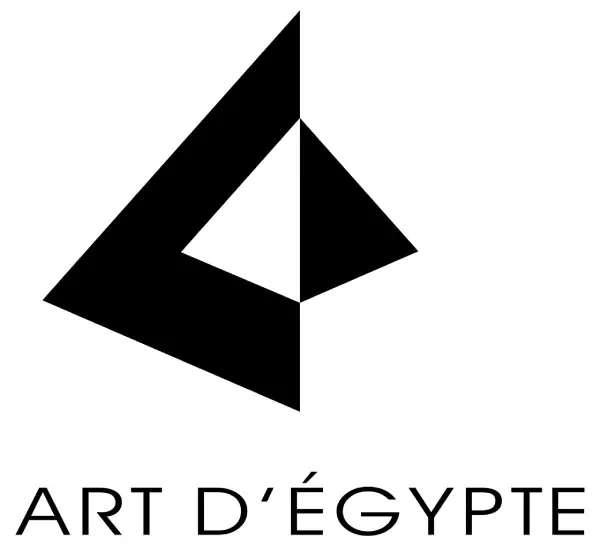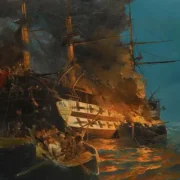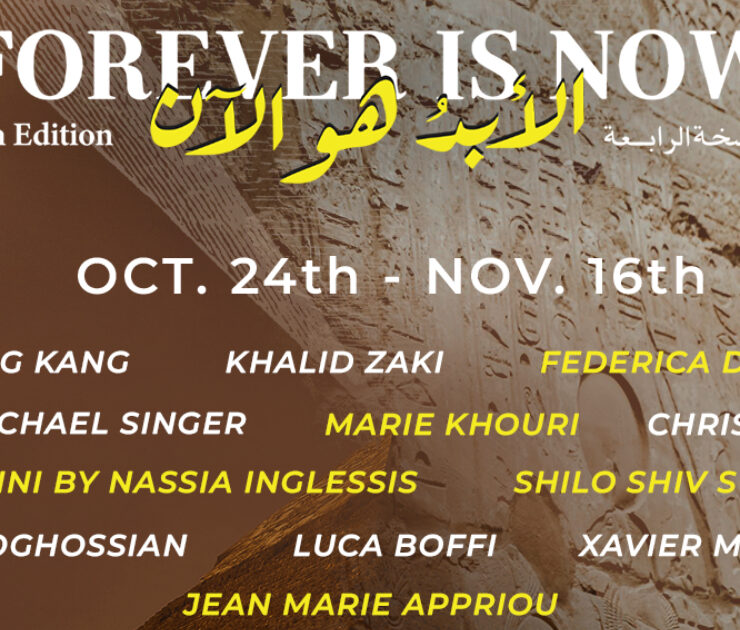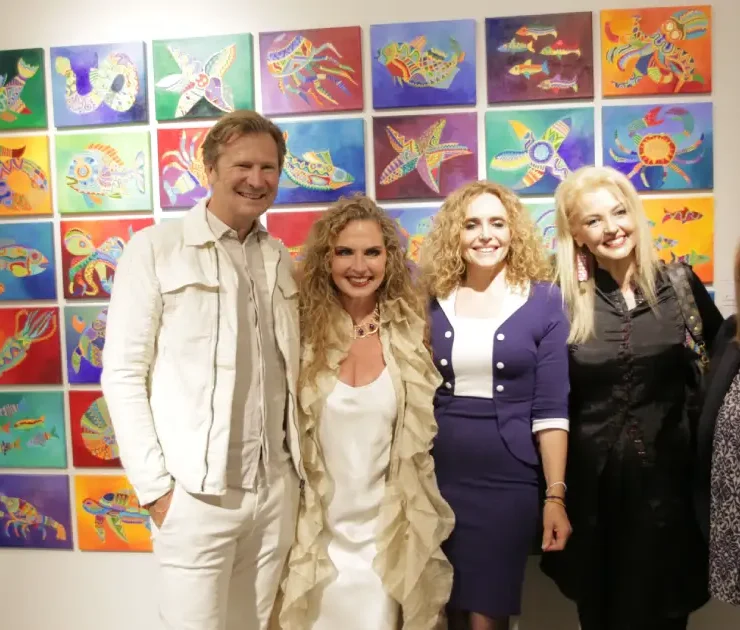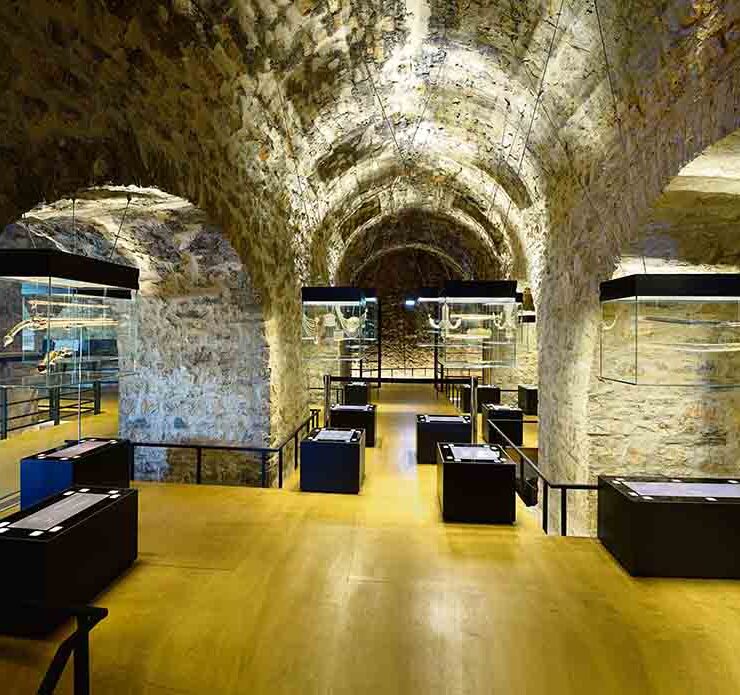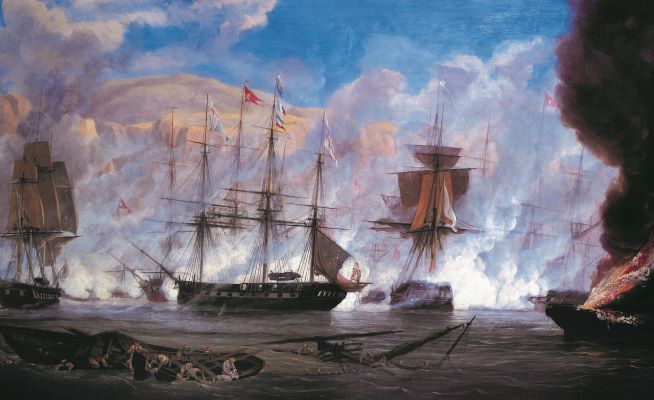Nadine Abdel Ghaffar – Curator of the exhibition “Forever is Now” and founder of CulturVator | Art D’ Égypte
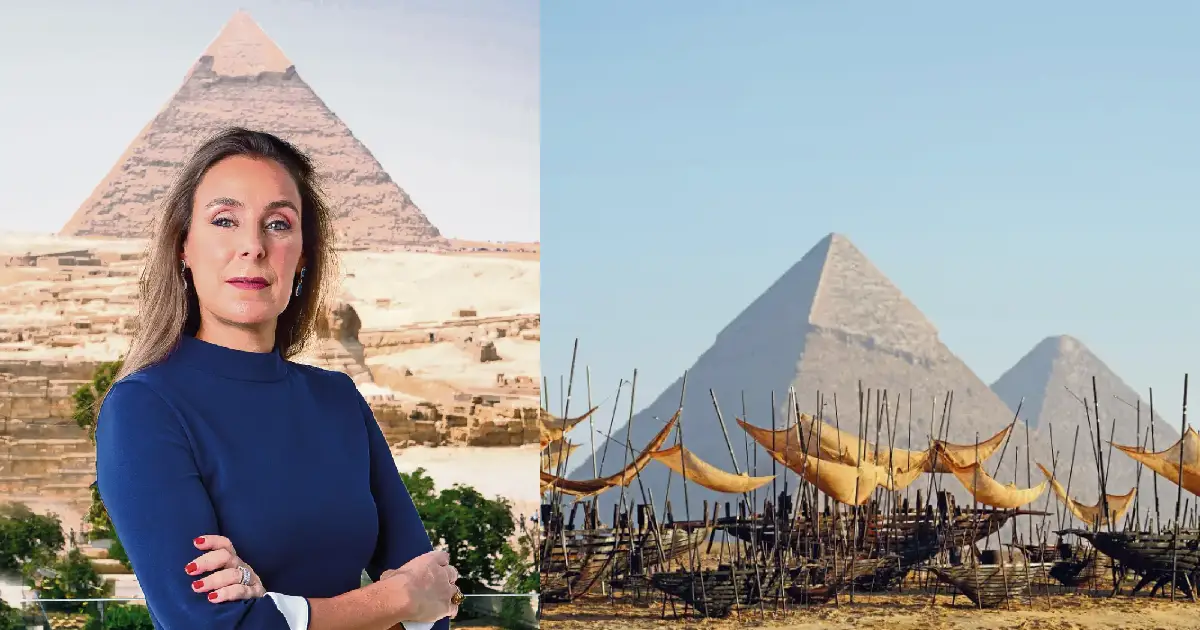
In the heart of Egypt, where the majestic Pyramids of Giza stand as timeless symbols of human ingenuity, Forever Is Now creates a groundbreaking dialogue between past and present. At the helm of this visionary exhibition is Nadine Abdel Ghaffar, uniting diverse artists to reimagine Egypt’s rich cultural heritage through contemporary art.
Interview: Alina Asteriadi
What inspired you to create Forever Is Now, the first contemporary art exhibition against the backdrop of the Pyramids of Giza?
Forever Is Now was born out of a desire to bridge Egypt’s rich cultural heritage with international contemporary artistic expression. The Pyramids of Giza are one of the most iconic and enduring symbols of human civilization, and I wanted to create a dialogue between past and present, tradition and innovation. The exhibition serves as a testament to the timeless power of art and its ability to connect different generations, cultures, and perspectives.
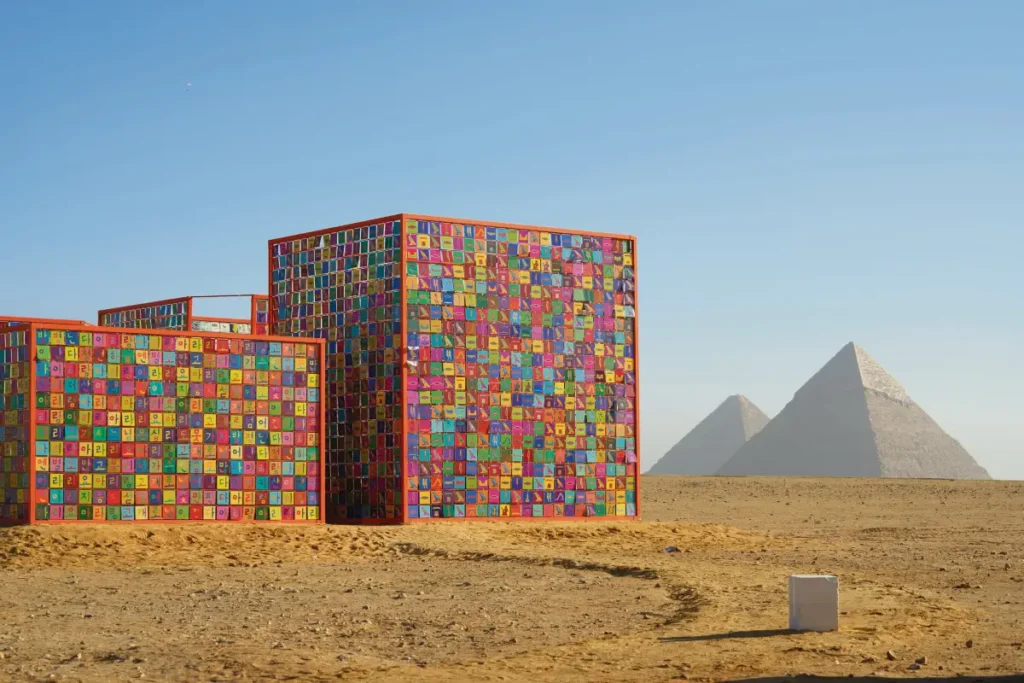
How does the exhibition connect contemporary art with the historical significance of the Pyramids?
The Pyramids have stood for over 4,500 years, embodying human ingenuity, ambition, and artistic excellence. Through Forever Is Now, contemporary artists engage with this legacy by reinterpreting it in ways that resonate with today’s world. The artworks become a continuation of the Pyramids’ narrative, creating a bridge between ancient craftsmanship and modern creativity, allowing viewers to experience history through a contemporary lens.
How did you select the artists featured in Forever Is Now? Were there specific criteria?
The selection process is deeply curated, considering both artistic excellence and conceptual depth. We look for artists whose work resonates with the theme of timelessness and cultural dialogue. Diversity is also key, we aim to include artists from different backgrounds, cultures, and disciplines, ensuring that Forever Is Now presents a wide range of perspectives. Additionally, the artists must be able to engage with the monumental setting of the Pyramids in a way that enhances both their work and the historical site itself and of course with the help of our curatorial board.
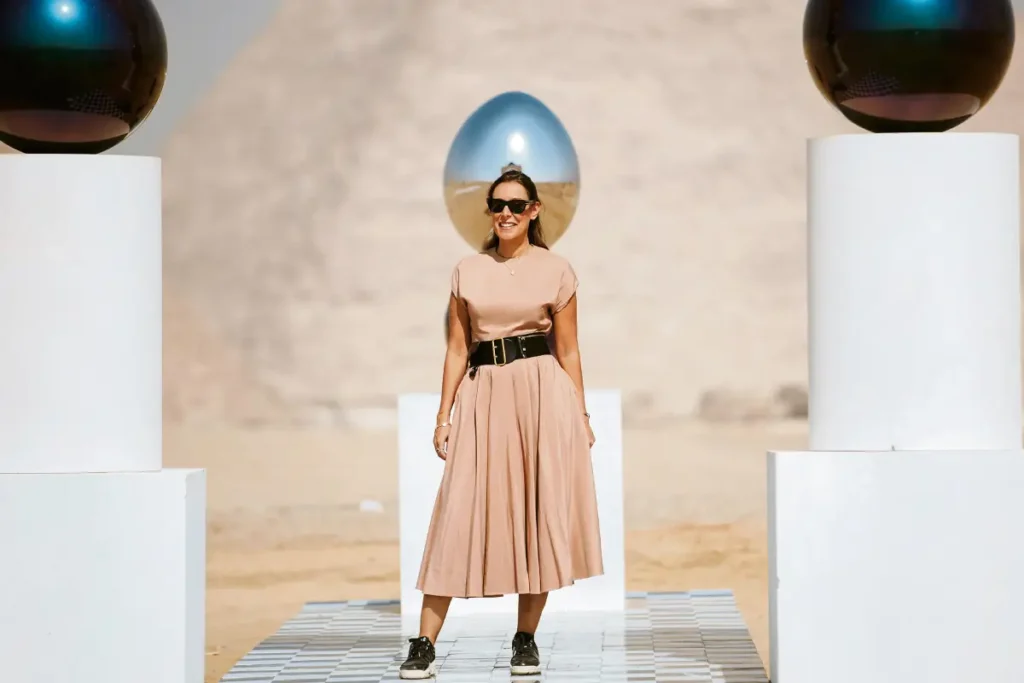
What challenges did you face in curating an exhibition that juxtaposes modern art with such an ancient landmark?
One of the biggest challenges was ensuring that the contemporary artworks harmonized with the grandeur of the Pyramids without overshadowing or diminishing their historical significance. Logistically, installing large-scale artworks in a UNESCO World Heritage Site required meticulous planning, strict adherence to preservation guidelines, and close collaboration with Egypt’s Ministry of Antiquities. Additionally, working with artists from around the world meant navigating different creative approaches and ensuring that each piece contributed meaningfully to the exhibition’s overarching vision.
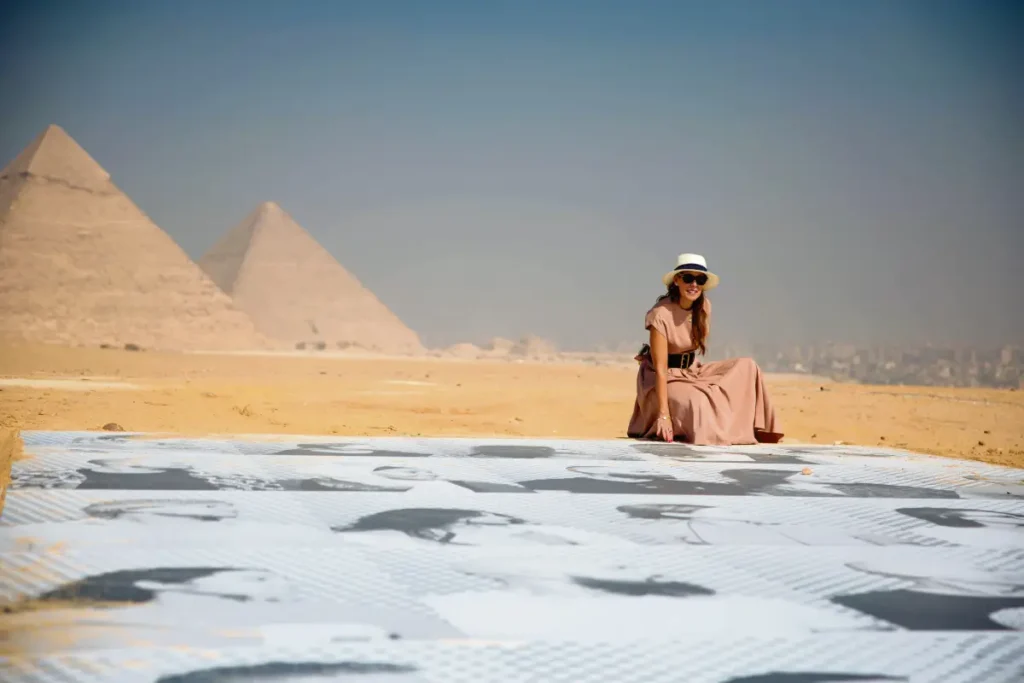
How does Forever Is Now foster a dialogue between the past, present, and future of art and culture?
The exhibition creates an immersive experience where contemporary art serves as a bridge between ancient history and the present moment. Each artwork is carefully placed within the Pyramids’ landscape, encouraging viewers to reconsider the site’s significance through modern artistic interpretations. By engaging artists from diverse cultural backgrounds, Forever Is Now fosters a global conversation on heritage, innovation, and the enduring power of art.
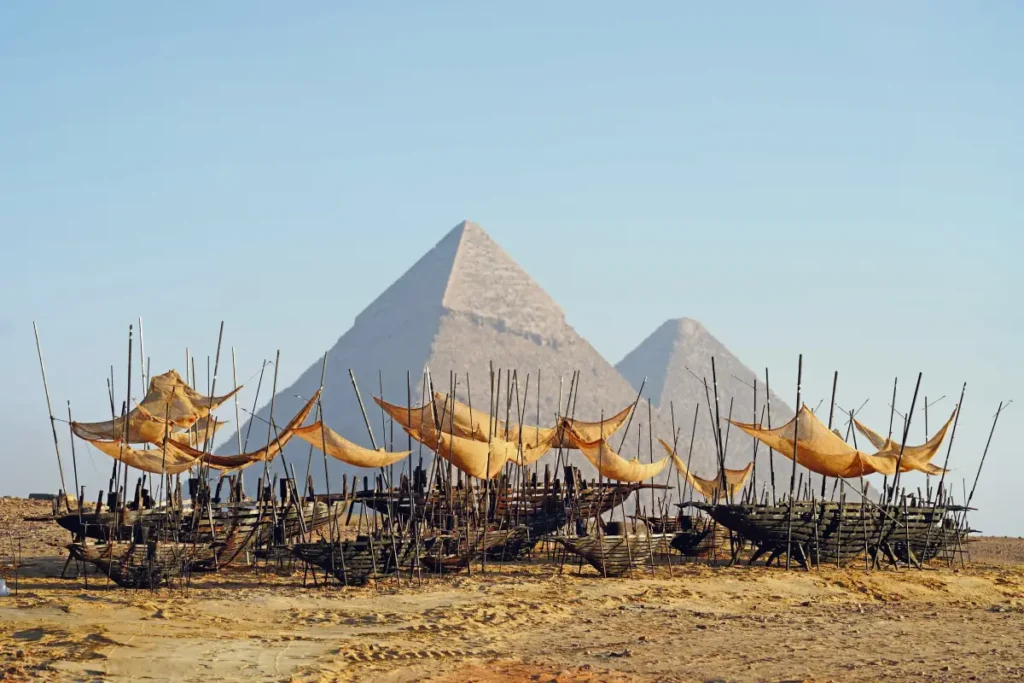
Do you think this exhibition will shift how people perceive contemporary art in Egypt and beyond?
Absolutely. Forever Is Now has already changed perceptions by proving that contemporary art belongs in historic spaces and that heritage sites can be reactivated in new and meaningful ways. It challenges the notion that ancient landmarks are relics of the past, instead showing them as living, evolving spaces for artistic expression. On a global scale, it positions Egypt as a leading player in contemporary art while reinforcing its role as a cultural bridge between civilizations.
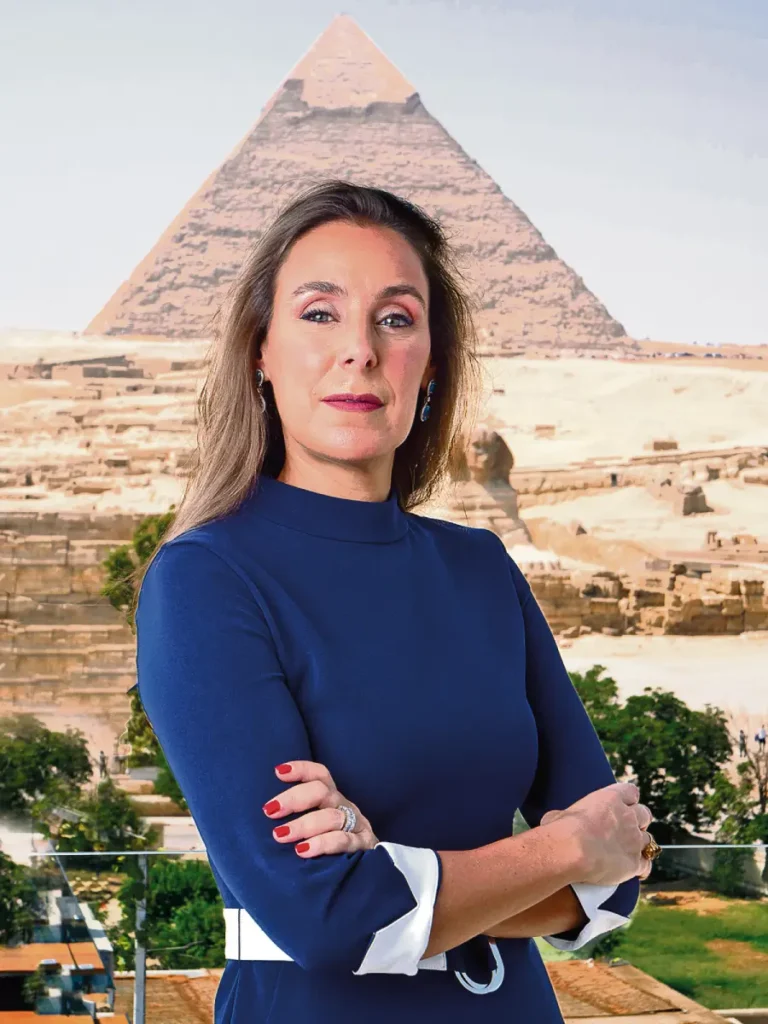
What has been the most rewarding moment for you in bringing Forever Is Now to life?
There have been many unforgettable moments, but one of the most rewarding is seeing people from all over the world engage with the exhibition in such a profound way. Watching visitors, artists, and even locals interact with the artworks and the Pyramids in a new light, whether through awe, curiosity, or deep reflection—has been incredibly fulfilling. It reaffirms my belief that art has the power to unite, inspire, and transcend time. As we had received over 1 million visitors in the period of the exhibition with more than 2.5 billion online reach.
Thank you very much!
